Blog
How To Determine Fake Granite Countertops/Worktops?
Over the past few years, granite has emerged as an excellent building material for various architectural applications like flooring, wall cladding, fireplaces, and others. The popularity of granite countertops has increased like never before as it become a new norm in modern architecture. There was a time when granite stone was only accessible to wealthy people. However, today, granite can be found in almost every architectural application worldwide.
Though real granite is a prevalent stone countertop material, there are several alternatives to its available in the market one should be aware. A large number of suppliers try to sell fake granite as the real natural stone. This post explains how to differentiate between real and fake granite.
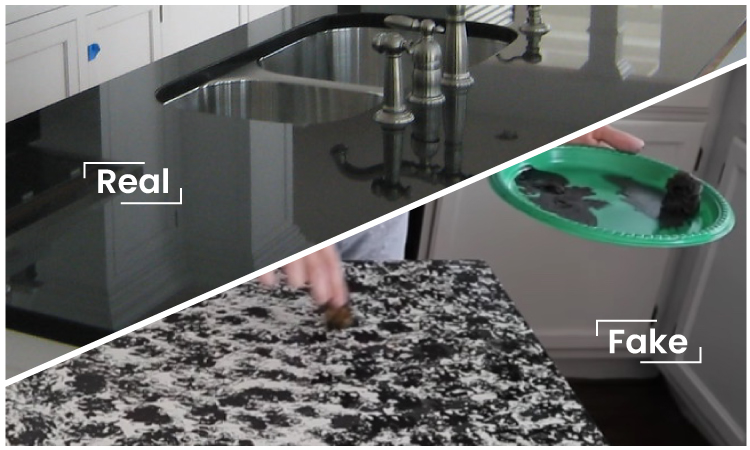
The Popularity of Granite Countertops
This natural stone has several features that make it a wonderful option among architects, construction contractors, and builders worldwide. Some of them are looks, durability, and less maintenance.
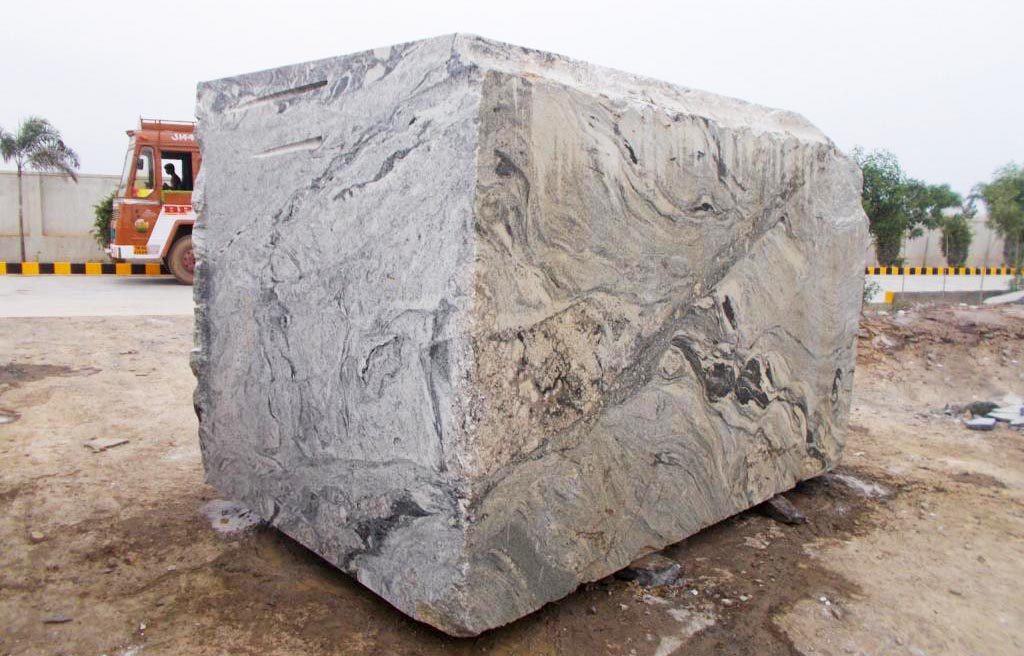
Looks
When it comes to choosing the most beautiful natural stones, granite tops the list. Another plus point is that granite comes in diverse colors and patterns. There are a plethora of stone options available to choose from, which means an architect can easily get the best matching stone for the running project. This is one area where Indian granite has an edge as both North Indian and South Indian granites are known for their distinctive looks and color.
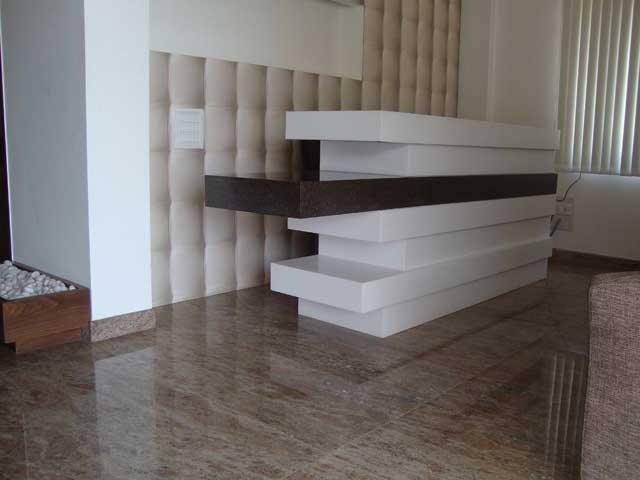
Durability
Another aspect that makes granite so desirable is the material’s durability. Granite is primarily known for its durability which makes it an awesome building stone. Be it carving out kitchen countertops or laying down flooring, granite is an excellent choice for all major construction applications.
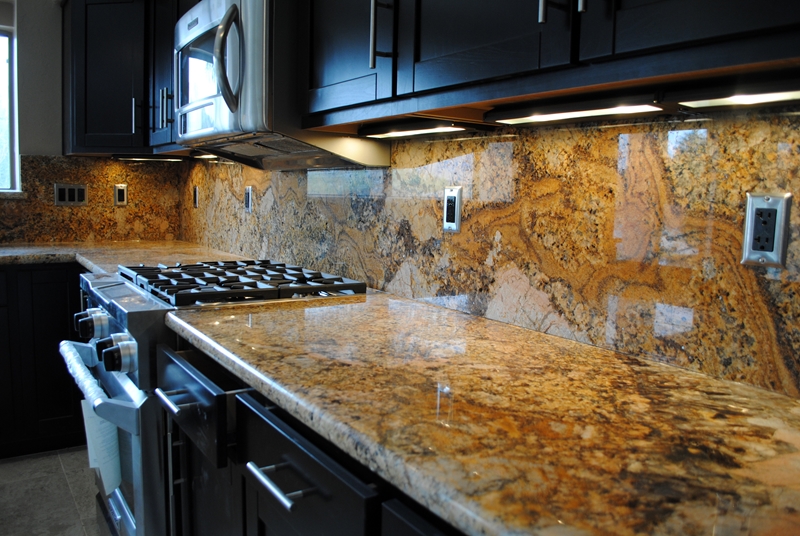
Maintenance
Eventually, it is the easy maintenance properties of granite that make it a stone of choice. Though some kind of maintenance is needed, it is found that granite requires lesser maintenance than other natural stones. To keep a granite countertop look new, a brief cleaning with water and soap is enough. Though you may need to do the resealing of the surface, it would be needed hardly once a year. The exact sealing largely depends on the type of granite, but granite doesn’t need frequent resealing just like other natural stones.
The occurrence of granite
Granite stone is found in various parts of the world including countries like Brazil, India, China, and some parts of the USA. Among them, Indian granite is very popular due to its wider varieties in terms of color and design pattern.
What does fake granite mean?
In simple words, fake granite refers to a stone that looks exactly like granite but doesn’t possess similar properties. There are lots of materials that are used to manufacture fake granite from engineered stones to laminates.
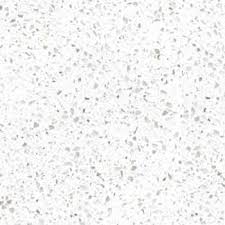
How To Spot Fake Granite Countertops?
It is not much difficult to find the difference as there are several ways to distinguish between real and fake granite worktops. Though both of them would look the same, it is not like you can’t find the difference.
| HOW TO SPOT FAKE GRANITE? |
| Inspect The Cost |
| Consider The Looks |
| Check The Porosity |
| Tap The Surface |
| Inspects The Veins |
Inspect The Cost
Granite will typically cost between $40 and $80 per square foot. If you find a stone that is known to be granite but is significantly cheaper than the usual price of granite, stay cautious. On the other hand, if the price of the stone is less than the typical price band, it is more likely that it is a fake granite. If the “granite” is genuine but costs considerably cheaper, it may be of poor quality.
Check The Looks
This might be the most difficult aspect. Since imitation granite countertops are made to appear like true granite, it may be hard to ascertain the difference when looking at the surface initially. However, several other properties of the stone can easily indicate a fake granite. If the pattern on the slab is quite linear, it is more likely a fake granite. Being a natural stone, real granite tends to have natural flaws means that it will always have certain flaws. Furthermore, since the stone is natural, each slab tends to be unique. Even, granite slabs extracted from a single quarry may contain variations. This is a natural property of the granite stone.
Check The Porosity
Testing the porosity of the granite is very easy and a proven way to check its ingenuity. Because of its natural porosity, granite tends to absorb the water that is put on its surface (if it is not sealed). Fake granite, on the other side, would be non-porous. You can check this by putting a small amount of water on a specific surface area. If the water absorbs after a few minutes, you have untreated granite. However, if the water does not soak at all, the stone is probably fake. The only way this granite will be genuine is if it has previously been sealed, which is unlikely given how
Inspect The Seams
Seams will appear on the surface of natural granite countertops. Examine the seam carefully once you’ve located it. If the pattern on the other end of the seam varies greatly, it is most likely genuine granite. However, if there is a similar pattern, it is more likely to be an artificial granite. Eventually, if you don’t see any seam, the surface of the stone seems to be forged.
Knock The Surface
Real granite should generate a ringing sound when softly tapped on the back with a tiny hammer. False granite, on the other hand, will generate a slight click sound. If the stone makes the latter of the two noises, you’ll know it’s not natural stone.
The Conclusion
With the increasing use of granite in both residential and commercial construction, granite suppliers have been providing both real and fake granite. This makes it necessary for B2B granite buyers and importers in the UK to check the quality of granite to avoid getting fake granite.
